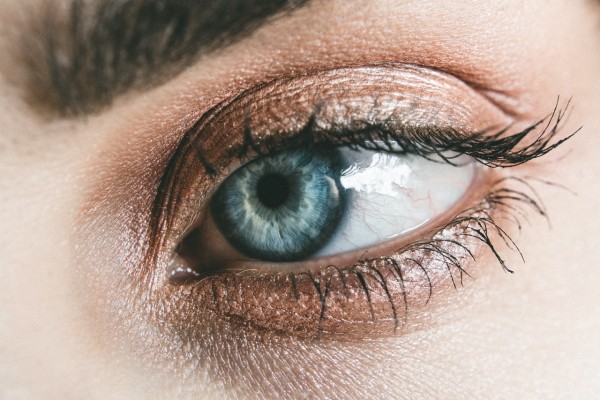An eyelid twitch, or eyelid myokymia, is the repetitive and involuntary movement of the eyelid muscles in the form of spasms. It usually occurs in the upper eyelid, but it can occur in the lower eyelids as well.
While the twitches are most of the time painless and harmless, they may be bothersome.
Spasms will most likely resolve on their own without the need for medical attention or treatment. However, Healthline stresses that there are cases where eye twitching is an early sign of a chronic movement disorder. This is especially true if the condition is accompanied by facial twitches and other uncontrollable movements.
Causes
1. Stress
2. Fatigue
3. Caffeine, alcohol, or tobacco
4. Medical side effects
5. Allergies
6. Vision problems
While these factors cause minor twitching, severe twitches lasting for several weeks are usually associated with blepharospasm — the chronic and uncontrollable blinking or winking. As Healthline reports, benign essential blepharospasm is more common in women than in men and affects about 50,000 Americans. This usually develops during middle to late adulthood.
 (Photo : Lisa Fotios / Pexels)
(Photo : Lisa Fotios / Pexels)Uncontrollable eye spasms? Read on and learn how to stop eye twitching.
Other symptoms that you need to watch out for, along with chronic eyelid twitching, are:
1. Red and swollen eyes.
2. Unusual discharge from the eyes.
3. Drooping upper eyelid/s.
4. Eyelid completely closes each time your eyelids twitch.
5. The twitching continues for several weeks.
Aside from these, if you notice blurred vision, increased sensitivity to light, and facial spasms, it's best to consult a doctor right away to eliminate possible serious conditions.
Possible Complications
On the rare occasion that eye twitches hide a serious condition like a brain or nerve disorder, these are some of the possibilities:
1. Bell's Palsy - a condition that causes one side of the face to droop.
2. Dystonia - muscle spasms that twist or contort the affected body part.
3. Multiple Sclerosis (MS) - a condition that affects the brain and the spinal cord that affects vision, movement, sensation, and balance.
Also read: Why Is Your Eye Twitching?
Treatment
To ease minor eye twitching, try drinking less caffeine, lessen your alcohol intake, and take a break from smoking. Make sure you get enough sleep. Manage your stress by meditating or try practicing yoga. If your eyes are dry, you can use artificial tears to lubricate them. You can also apply a warm compress when the twitching starts.
When it comes to benign essential blepharospasm, Botox injections may ease severe spasms for a few months. As soon as the effects wear off, you may need further injections.
Myectomy, or the surgical procedure to remove some muscles and nerves in your eyelids, is also an option for more severe cases of benign essential blepharospasm.
Prevention
It will help to keep a journal of your eye twitches or spasms. Note down when they occur, then take note of your caffeine, alcohol, and tobacco intake.
If you notice that the twitches happen more often when your intake is high, work lessening them. You will be able to find a good balance soon enough. Factor in your sleeping patterns, too. If less sleep makes your eye twitch more, try sleeping earlier, and see if that helps.
Related article: How to Get Rid of Pink Eye

